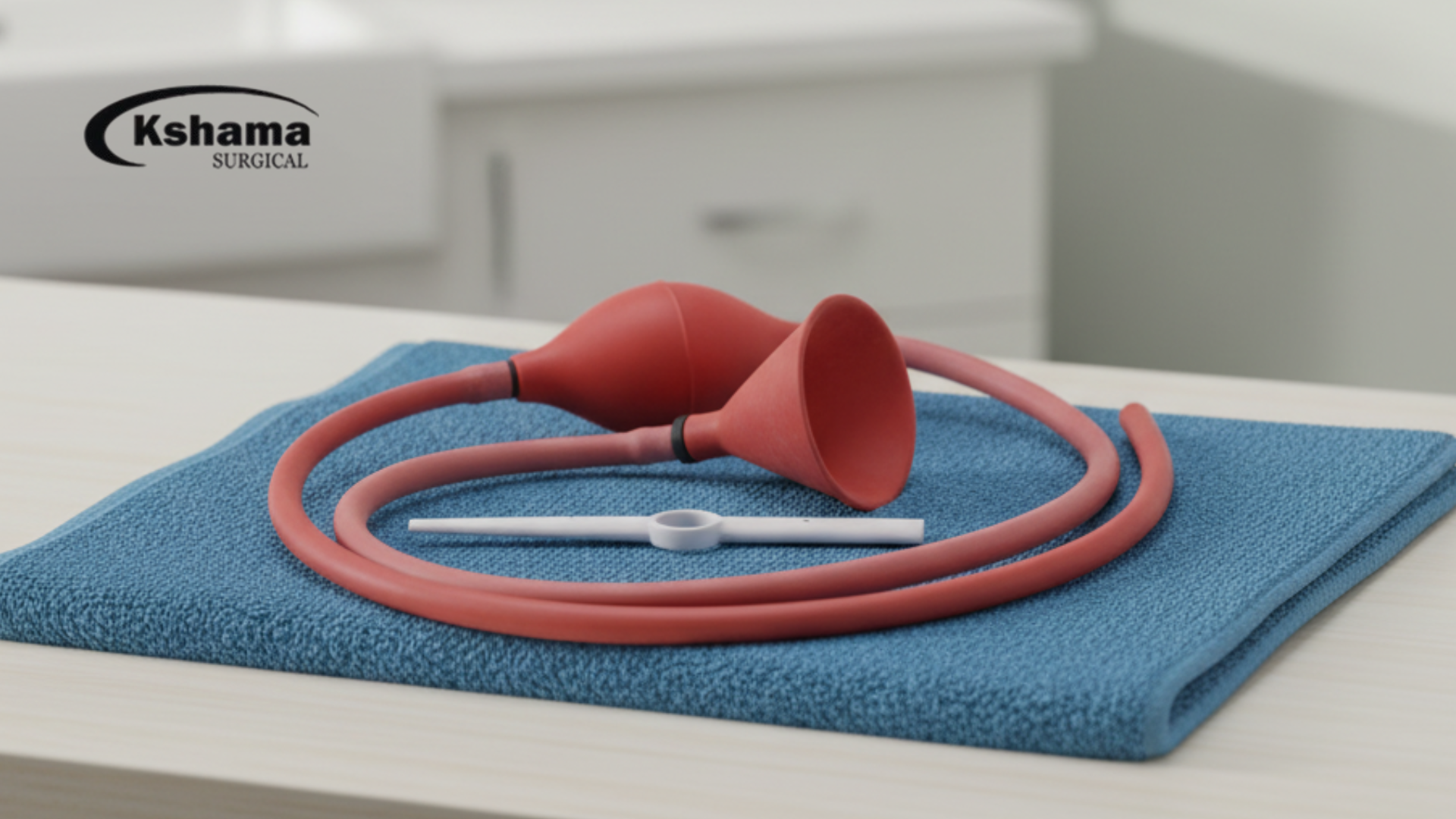Introduction
In hospitals every single day, doctors meet patients who just can’t eat or drink by themself. This can happen for so many reasons, and without food body become weak real fast. One simple thing that help in such time is the Stomach Tube. At first it look like just some plastic pipe, but really, it can save life. Patients who can’t swallow food or water, they get nutrition and medicine through it. In this blog, we talk about what exactly it is, why adults may need it, how it used, risks, care tips, and also few other things around it.
What is a Stomach Tube?
A Stomach Tube is basically a soft, bendy tube that doctor or nurse pass from nose or mouth down into stomach. Sounds little scary right? But actually it’s not that bad once it’s inside. Purpose is simple – get food or medicine straight to stomach when eating is not possible in normal way.
Some tubes are put for few days only, some stay longer weeks or months. They are made from soft material so it don’t scratch inside parts much. Patients feel strange in start, but later they adjust.
Why Adults Need a Stomach Tube?
Many people think only babies or old folks need this tube. But truth is even young adults sometimes need it. Some reasons are:
- Stroke or brain injury – patient lose ability to swallow food.
- Surgery in throat or mouth – no way food can pass normally.
- Very sick patient in ICU, who is unconscious or too weak.
- Cancer in throat or esophagus causing blockage.
- Some trauma cases, where jaw is wired or injured.
Without this tube, such patients can’t get nutrition. And without nutrition body recovery just not possible. So it’s like bridge between illness and healing.
Different Types of Tubes
Not all are same, different designs are used for different cases:
- Nasogastric tube (NG tube) – pass through nose into stomach.
- Orogastric tube – through mouth into stomach.
- PEG tube (Percutaneous Endoscopic Gastrostomy) – placed direct into stomach by small surgery, for long-term feeding.
So doctor decide type depending on how long patient need and what condition is.
How Feeding Works Through Tube?
Feeding with Stomach Tube is done carefully. Nurse connect a syringe or feeding bag filled with liquid food. It may be hospital formula, blended diet, or milk. Flow is slow so patient stomach don’t get upset.
Medicines also can go through same tube. After feeding, they flush with water to keep it clean.
Important point – before every feed doctor check tube position to make sure it’s in stomach not in lungs.
Risks and Care
Like anything in medical, there are risks if not handled right. Common issues include:
- Discomfort in nose and throat.
- Sometimes bleeding or ulcers if left long.
- If misplaced, food may enter lungs (serious).
- Risk of infection if tube not cleaned.
That’s why hygiene matter a lot. Tube should be changed in time and flushed properly. At home, family is taught by nurse how to care.
Emergency Use of Stomach Tube
It’s not only for feeding. In emergency cases, this tube can be used for removing harmful things. For example, in poison cases, doctor wash stomach through tube. Also it can drain blood or extra fluid from stomach in some conditions. In such moments, this simple tube can save life quickly.
Stomach Tube in Veterinary Care
Interesting thing is it’s not just humans, even animals need tube feeding sometimes. Vets use them when pets or farm animals can’t eat due to surgery or sickness. These tubes are included in Veterinary Surgical Instruments and also counted under Veterinary Surgical Equipment’s. With proper training, vets safely feed weak dogs, cats, even cows or horses through it. So it’s important in animal hospitals too.
Choosing Right Tube
Not every tube in market is safe. Cheap ones can cause problems like rough edges, breaking, or allergies. Good tubes are made medical grade plastic or silicone, soft but strong. Stainless steel guide wires sometimes used for placing. Doctors always prefer good quality ones for safety.
Patient Experience
Patients don’t like the idea at first. It feels uncomfortable, makes gag reflex, sometimes painful in nose. But after some days, they adjust and feel more calm because at least they not starving anymore. The feeling of getting strength back is big relief.
Some even say it feels strange but better than hospital IVs all the time.
Best Practices for Safety
Doctors and nurses always follow some golden rules for using Stomach Tube:
- Confirm position before every feed.
- Flush tube with water after food or medicine.
- Change tube as per hospital schedule.
- Watch for signs like fever, redness, or swelling.
If family taking care at home, they get training to do same.
History of Feeding Tubes
You might think it’s modern invention, but no, feeding tubes history is very old. Earlier ones were rough, made of metal or hard rubber, very uncomfortable. Modern soft plastic and silicone made it safe and easy. Over time, design got better but purpose stayed same – give food and medicine when patient can’t swallow.
Psychological Side
We usually talk about medical facts but not about feelings. Patients often feel embarrassed or worried when they see tube in them. Family support is very important. Doctors also explain gently that this is not punishment, but help. Once they see improvement, fear goes down.
Cost and Availability
Cost of tubes depend on type. Short-term NG tubes are cheap, but PEG tubes cost more because of surgery. In big hospitals, all types are available. Smaller clinics usually stock NG and OG tubes only. Quality brands cost more but last better and safer.
FAQs about Stomach Tube
How long can a Stomach Tube stay in place?
Depends on type. NG tube usually for days to weeks, PEG tube for months if maintained.
Is it very painful to insert?
Not exactly painful, but uncomfortable. Some gagging and coughing at first. Doctors sometimes use numbing spray.
Can a patient talk or move with tube?
Yes, patient can walk, talk, sit. Only swallowing feels harder sometimes.
Can feeding be done at home?
Yes, families can do it after training. Doctor will guide cleaning, flushing, and feeding methods.
Do vets also use Stomach Tube?
Yes, vets use it for animals who can’t eat. It’s part of Veterinary Surgical Equipment’s and Veterinary Surgical Instruments, very helpful for recovery.
Conclusion
So at the end, the Stomach Tube may look like a small plastic pipe but role is massive. For adults who cannot eat by mouth, this becomes lifeline. From hospitals to homes, even vet clinics, this tube is trusted everywhere. With proper handling, hygiene, and right quality, it helps patients get strength back and recover faster.




